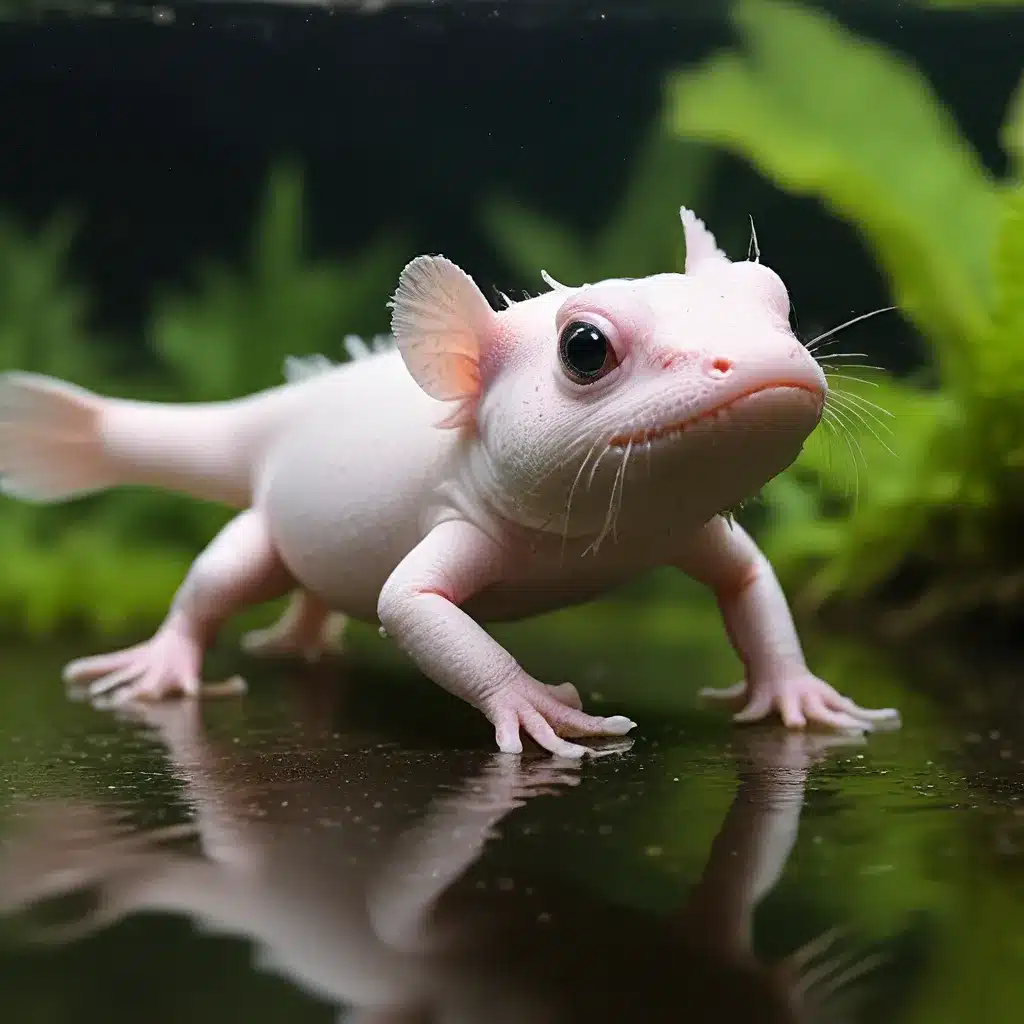
Unlocking the Secrets of the Axolotl: A Captivating Aquatic Amphibian
In the enchanting realm of exotic pets, one creature has been steadily capturing the hearts of enthusiasts and casual observers alike – the axolotl. This unique amphibian, with its perpetual smile and feathery gills, looks like it swam straight out of a fantasy novel. But what exactly is an axolotl, and why has it become such a popular pet? Let’s dive into the fascinating world of this aquatic wonder.
Unveiling the Axolotl: A Salamander with a Twist
The axolotl, or Ambystoma mexicanum, is a type of salamander native to the lake complex of Xochimilco near Mexico City. Unlike most amphibians, axolotls spend their entire lives in water. They are neotenic, meaning they retain their larval features throughout their adult life, including their gills, which protrude from the sides of their heads, allowing them to breathe underwater.
Axolotls have surged in popularity due to their unique appearance, relatively easy care, and fascinating biology. Their ability to regenerate limbs, spinal cord, heart, and other parts of their body has placed them at the forefront of scientific research, particularly in the field of regenerative medicine. Moreover, their calm demeanor and the way they interact with their environment make them captivating pets.
Regeneration: The Axolotl’s Remarkable Superpower
One of the most remarkable aspects of the axolotl is its extraordinary regenerative capabilities. When an axolotl loses a limb, the wound site forms a mass of cells known as a blastema. This blastema is capable of growing into bones, muscles, nerves, and blood vessels, effectively replacing the lost limb without scarring.
The key to this process lies in the axolotl’s stem cells, which have a unique capacity to transform into various cell types. This ability not only fascinates scientists but also offers potential insights into human regenerative therapies, raising hopes for advancements in treating injuries and diseases.
Colorful Variations: Exploring the Axolotl’s Palette
Part of the axolotl’s appeal as a pet is its range of color variations, which result from both natural and selective breeding. The most common colors include:
- Wild Type: Resembling their natural appearance in the wild, these axolotls are dark with greenish-brown and black mottling, allowing them to blend into their surroundings.
- Leucistic Pink: Perhaps the most iconic, these axolotls have a pale pink body with red gills and black eyes. Their ethereal appearance is due to a lack of pigment in the skin.
- Albino: These axolotls lack pigment throughout their bodies, resulting in a white or yellowish color with red eyes. They are particularly sensitive to light due to the absence of eye pigmentation.
- Melanoid: This variation has an increased amount of melanin, giving them a nearly uniform dark coloration that extends into their gills, making them darker than the wild type.
- Golden Albino: A beautiful blend of albino and leucistic traits, these axolotls have a golden hue with shiny gold flecks and red or pink eyes.
Captivating Curiosity: The Axolotl’s Charm in Captivity
The axolotl’s unique blend of intriguing biology, regenerative capabilities, and striking color variations has cemented its status as a fascinating pet. Whether you’re drawn to their scientific significance or simply enamored by their otherworldly appearance, axolotls offer a window into the mysteries of nature from the comfort of your home.
As their popularity continues to grow, so does our responsibility to ensure their conservation and well-being, both in captivity and in their natural habitat. By learning more about these captivating creatures, we can better appreciate the wonders of the aquatic world and play a role in protecting this incredible species.
If you’re considering adding an axolotl to your exotic pet family, be sure to visit GoldenExoticPets.com to explore their wide selection and expert care advice. Dive into the aquatic wonders of the axolotl and unlock the secrets of this remarkable amphibian.

